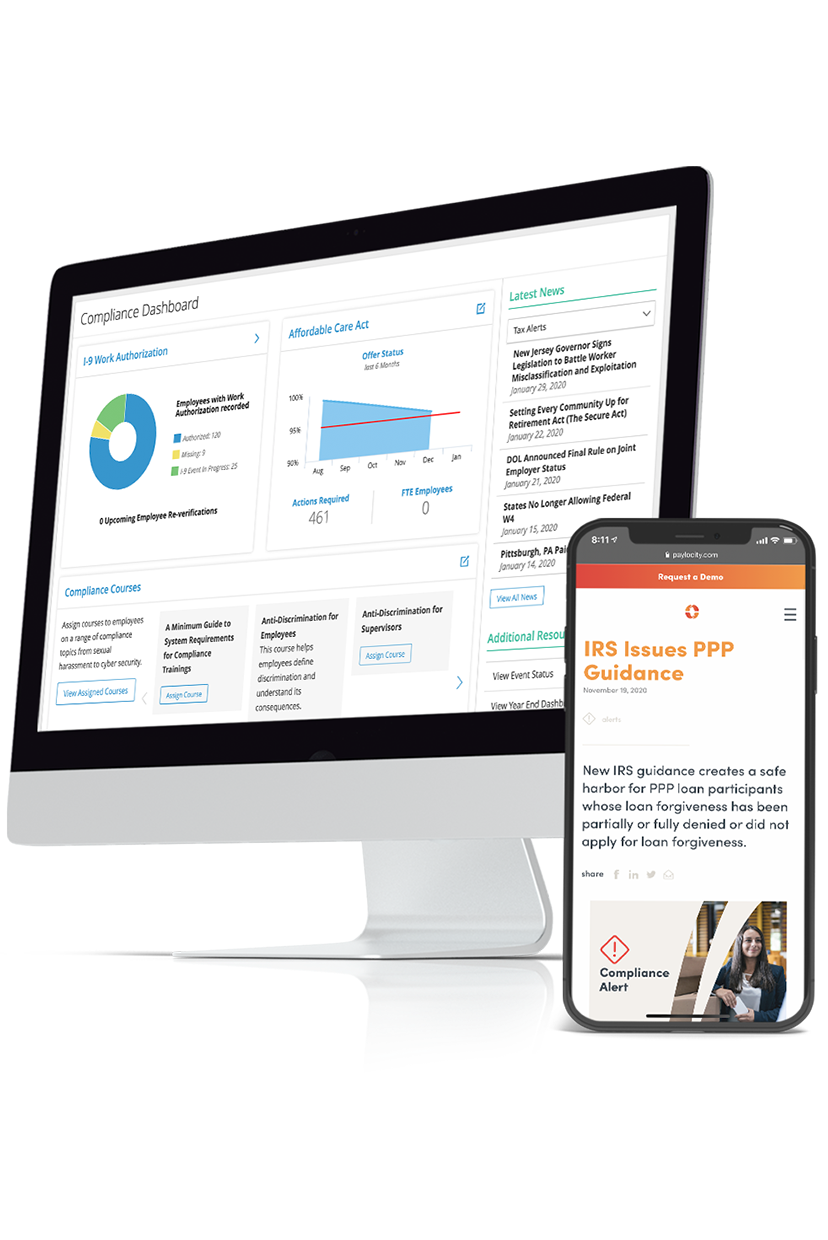resources
Maryland Paid Family and Medical Leave Update
April 26, 2024
The Maryland General Assembly recently passed a bill making some changes to the Time to Care Act. The impacts of the bill fall into three main categories: additional time, administrative changes, and clarifications and corrections.

At A Glance
- Paid Family and Medical Leave (PFML) will be funded through a payroll contribution split between employers and employees.
- Contributions begin on July 1, 2025.
- Employee benefits will begin on July 1, 2026.
Introduction
Update: The Maryland General Assembly recently passed a bill SB0485, making some changes to the Time to Care Act. The changes fall into three categories: additional time until the Paid Family and Medical Leave (PFML) program goes into effect, administrative changes, and clarifications and corrections.
New PFML Dates
Most significantly, the bill changed the PFML program’s timeline:
- The contribution period will now begin July 1, 2025.
- Benefits will now be available starting July 1, 2026.
Administrative Changes Ease Employer Burdens
The definition of “wages'' will now match the Maryland Unemployment Insurance statute. Aligning the definitions will eliminate the need to calculate two different sets of wages for the two programs.
Clarifications and Corrections
Covered individuals will be able to apply for benefits to care for a service member for whom they are next of kin. This will align Maryland’s Family And Medical Leave Insurance (FAMLI) program with the federal Family and Medical Leave Act (FMLA).
Amendments were made to the language clarifying that employers obtaining coverage through a private plan may not deduct more than 50% of the maximum contribution amount from workers.
Payroll Contributions
Payroll Contributions will be split equally between eligible employers and eligible employees.
- Each employer with 15 or more employees shall contribute an amount equal to 50% of the total rate of contribution for each employee.
- Each employee of an employer shall contribute an amount equal to 50% of the total rate of contribution.
- An employer may elect to pay all or a portion of the required employee contribution in whole or in part.
The total rate of contribution may not exceed 1.2% of an employee’s wages and shall be applied to all wages up to and including the Social Security Wage Base.
Employee Benefits
Employees who have worked at least 680 hours over the 12 months immediately preceding the date on which the leave is to begin are eligible for up to 12 weeks of annual paid leave for eligible purposes. The benefits replace up to 90% of an eligible employee’s weekly wages or up to $1,000 per week.
Employees may get up to 24 weeks of paid leave if the eligible employee needs medical leave during pregnancy and parental leave after childbirth.
Benefits are set to begin on July 1, 2026.
Acceptable Uses
Eligible employees may take paid leave to:
- care for a child during the first year after the child’s birth or after the placement of the child through foster care, kinship care, or adoption;
- care for a family member with a serious health condition;
- provide leave for covered employees who have a serious health condition that results in them being unable to perform the functions of their position;
- care for a service member who is the covered employee’s next of kin; or,
- provide leave for covered employees who have a qualifying exigency because of the deployment of a service member who is a family member of the covered employees.
Family members are defined as:
- a biological, adopted, foster, or stepchild of the covered employee, or child for whom the covered employee has legal or physical custody or guardianship, or for whom the covered employee stands in loco parentis;
- a biological, adoptive, foster, or stepparent of the covered employee or the covered employee’s spouse;
- a legal guardian of the covered employee or ward of the covered employee or of the covered employee’s spouse;
- an individual who acted as a parent or stood in loco parentis to the covered employee or the covered employee’s spouse when they were a minor;
- the spouse of the covered employee; or
- a biological, adopted, foster, or step-grandparent, grandchild, or sibling of the covered employee.
Next Steps
Employers do not need to take any immediate action regarding this PFML requirement as many details are still forthcoming. For further details, check out the agency website. Paylocity is actively monitoring for PFML changes and will provide updates, particularly as actions become required.
Thank you for choosing Paylocity as your Payroll Tax and HCM partner. This information is provided as a courtesy, may change and is not intended as legal or tax guidance. Employers with questions or concerns outside the scope of a Payroll Service Provider are encouraged to seek the advice of a qualified CPA, Tax Attorney or Advisor.

Keep Up With Compliance
Between constantly changing employment laws and updates to the Affordable Care Act (ACA), keeping your workplace compliant can be a time-consuming and costly challenge. Eliminate the stress and stay up to date with our Compliance Dashboard. View compliance alerts and get a bird’s eye view of what you need to do to avoid fines and penalties.
